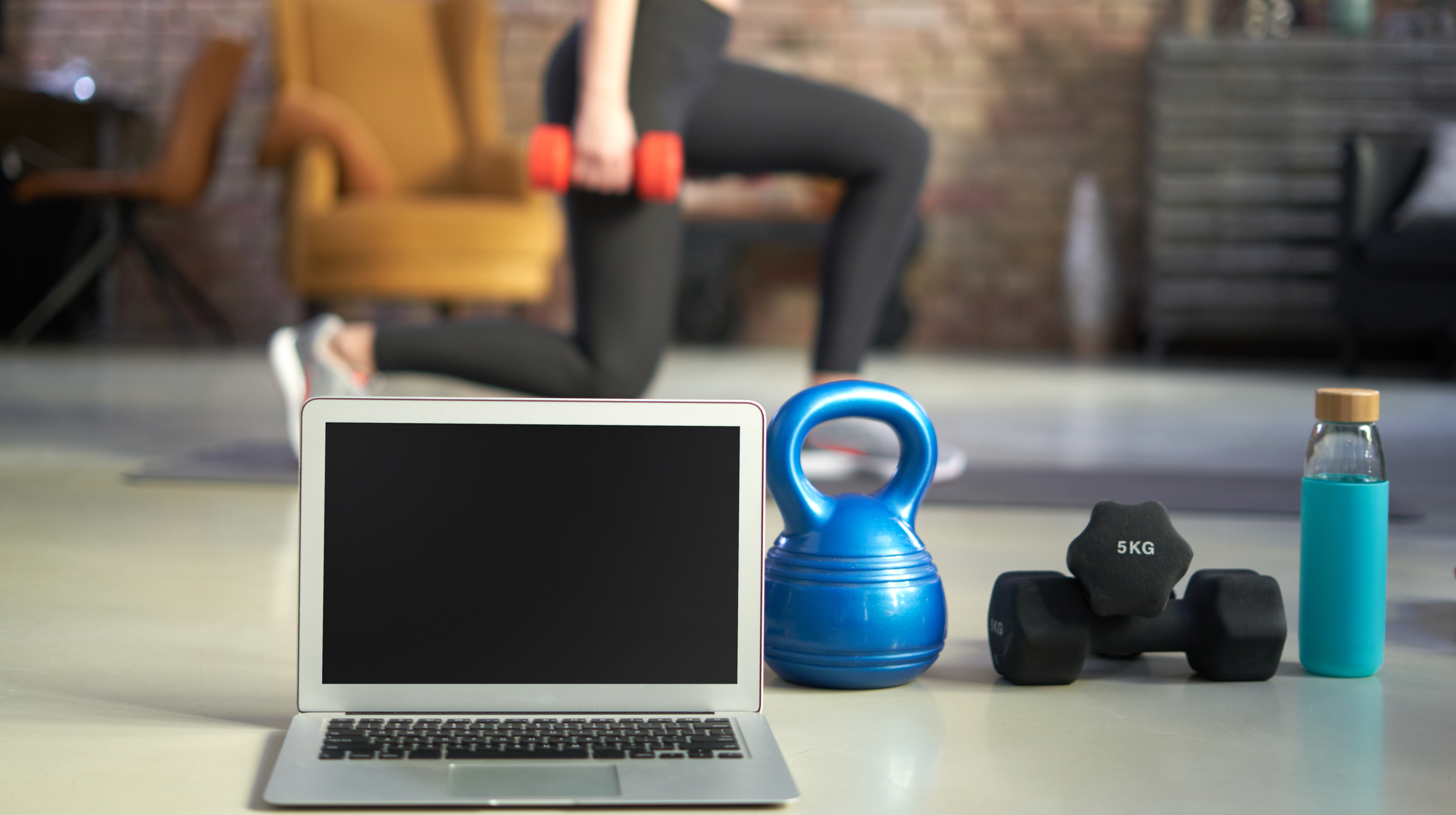Do You Need Access to a Gym for Resistance Training?
May 5, 2021 mindpumpYou do not need access to a gym to get good resistance training in. For those lucky enough, if you have extra space in your house and can afford a squat rack and maybe some dumbbells, you’ll essentially have everything you need. For those who lack the space and budget, you can still get a variety of bands and a suspension trainer for relatively cheap. There are always bodyweight exercises as well.
Now that the logistics are out of the way, it comes down to creativity. Knowing in what ways to manipulate what you DO have so you can get the MOST out of it.
Intensity, Reps, Rest, & Progression
If you do not have access to progressively heavier weight, then we need to focus more on training closer to failure. Push-ups and single leg squats on a suspension trainer will never be as intense on your joints as a 315lb squat so you need to up the intensity to make up for it. The only time I’d say stick with the usual 2-3 reps shy of failure is if you find yourself only getting 15 reps or less. That should be enough stimulus to cause some growth on its own.
Take shorter rest periods so you can exhaust the muscle quicker. Remember the rules of training still apply – the harder reps stimulate more muscle than the easier ones. Give yourself enough time to relieve the burn on the muscle being worked, and catch your breath and get back at it!
Sets – Use your recovery to determine sets. Start with 3 sets per exercise. If you are able to recover before our next session then you can leave it or add more. If you find you are barely recovering soreness or strength in time before the next session, then leave it as is until your body adapts. You may find due to the lighter intensity, that you can handle more than you expect.
Reps – I’m assuming you can’t add more weight, so find whatever rep it takes for you to get to failure, and each week try and add 1-2 reps. Since we can’t increase in weights, our only other option is to increase in reps. The research shows not only muscle maintenance, but even growth CAN still occur if you are putting a muscle through fatigue anywhere from 6-30 reps. Just keep in mind, the higher you go in reps, the closer to failure you have to go, since you aren’t getting as much tension built early on to fatigue the muscle. So if you are doing push-ups and hit 15 in the first week, try to hit 16 or more in the second.
If you find you are capping out on reps, I have one more trick up my sleeve. That is managing tempo.
Phasing Mesocycles
Weeks 1-4 – focus on increasing reps/sets week to week
Weeks 5-8 – focus on increasing the eccentric (lowering phase) of the movement to 3 seconds
Weeks 9-12 – focus on 2-3 second isometric pauses at the peak contraction (or hardest part) of the movement.
ISOMETRIC PAUSES: A muscle can’t grow unless it’s being fired. Most of us spend too much time in the gym going through the motions but not actually firing the muscle to exhaustion.
Try This: Take a 2-3 second contraction at the top of the movement (squeeze as hard as you can when the muscle is fully flexed). Do that for each rep. That should help bring the reps back down to the 10-20 range. By focusing on a squeeze, you’re teaching your mind-muscle connection to KEEP that intended muscle working which is how it gets the signal to grow.
SLOW ECCENTRICS: The other facet of getting a muscle to grow is time under tension. Our muscles get broken down and built throughout that eccentric component of the lift.
Try This: Do 3-4 second eccentrics. So if you are doing a pushup, let your body take 3-4 seconds to lower back down to the bottom position. You’ll feel more lactic acid build up, and thus give your body a stronger muscle building signal to initiate growth.
PRE-EXHAUSTION: Pre-exhaustion is when you take a more isolating exercise and target the muscle more directly before hitting it again with a compound.
Try This: So instead of just doing bodyweight squats, maybe try lunges with your back foot elevated on a chair, and do 10-15 reps with each leg, and THEN go into bodyweight squats. That should take what would normally be 30 easy reps and cut it in half. By isolating the muscle beforehand, you pre-exhausted that muscle making it more tired going into the main lift.







